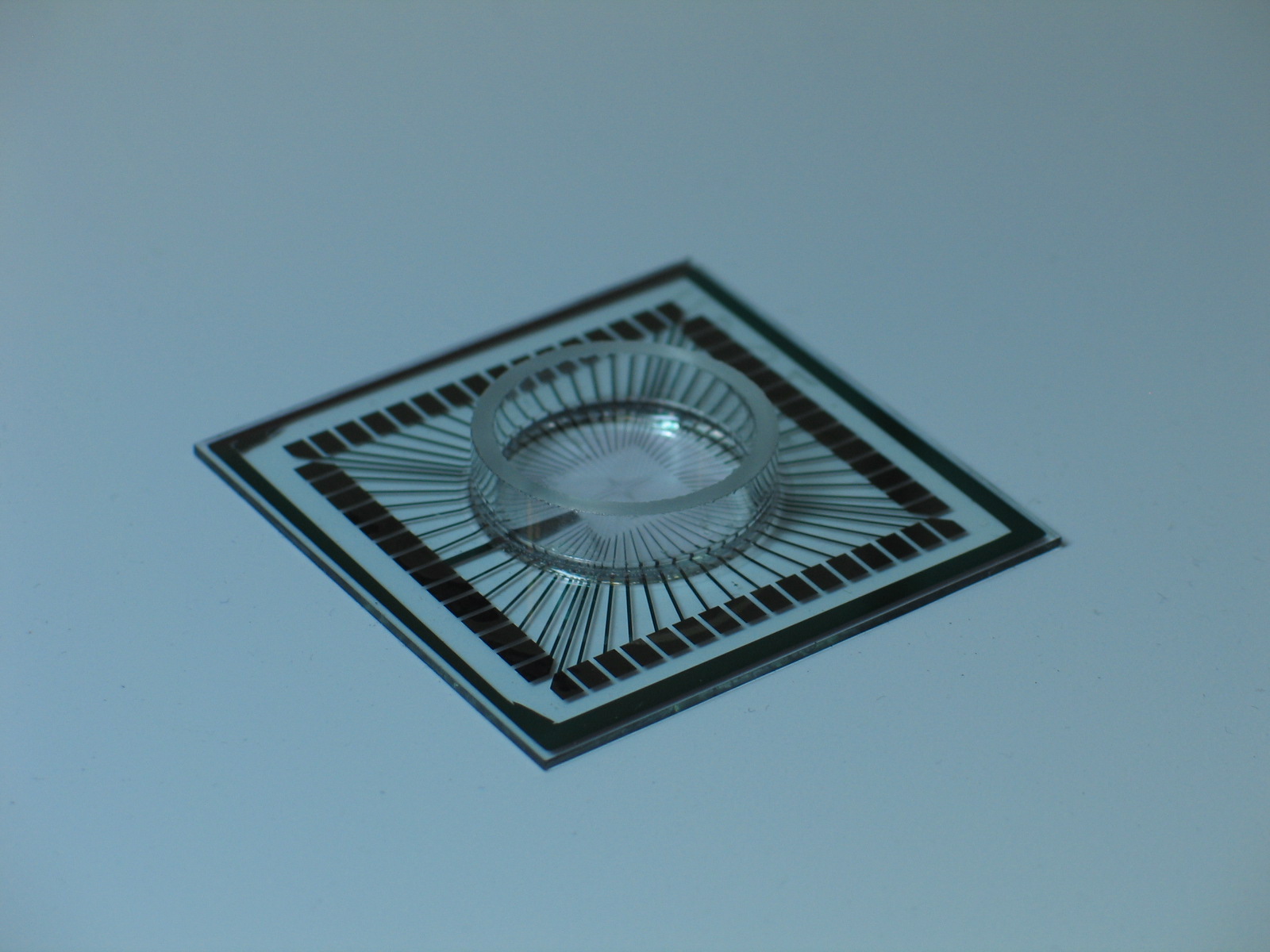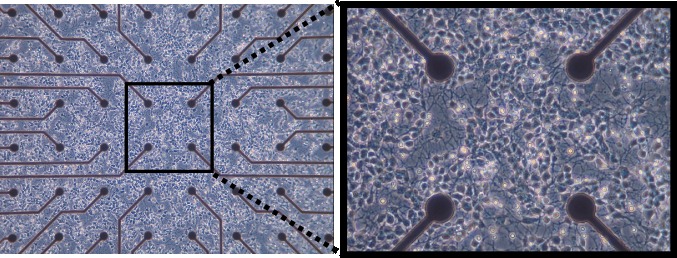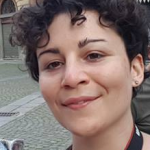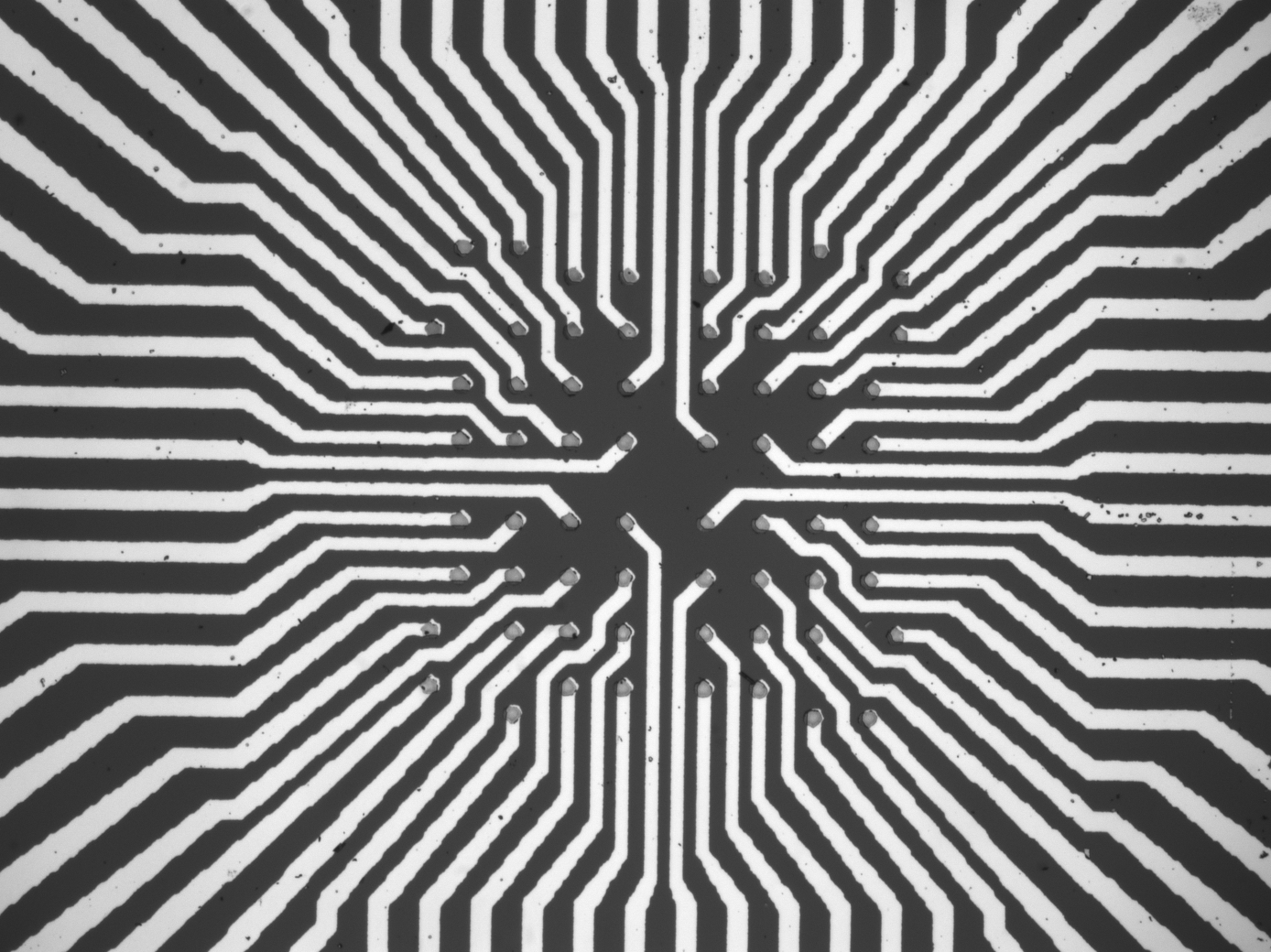Last time we entered the sparkling realm of electrophysiology, discovering how the inner molecular functioning of a cell can be recorded or stimulated by interfacing the electrical parameters of its membrane. That can be done, for instance, using the patch-clamp technique for creating a direct contact with a cell. This approach is extremely precise, and can be performed on different cells in the same experimental set-up. That is particularly useful when studying the properties of single cells, or small neural circuitries.

In some cases, it is desirable to study the overall functioning of cells from a bigger slice of tissue, or from an in vitro cell culture. The changes in the cell membrane properties at the electrochemical level correspond to movement of charges from and to the extracellular environment. Thus, electrophysiological signals propagating through a network of neurons can be detected from the respective cellular microenvironments. It is possible to culture cells on a plate with planar electrodes embedded in it. That allows for detecting or evoking functional activations from subset of cells living in the area covered by single electrodes. Parallely collecting or sending signals from all electrodes in time provides for an evaluation of the overall network dynamics, in the form of a stream of spatio-temporal data. The technological device allowing for interfacing cells this way takes the name of multi-electrode array (for friends, MEA).

Such arrangement can be used for a variety of applications, ranging from basic research in network neuroscience to in vitro pharmacological tests. In this way, our exploration of the possible ways cells and technological devices can communicate goes on. Now, their common language can express the dynamics of a cultured biological neural network. And that is the way Alice and the biologists are going on in their exploration, even though staying in the same part of Bio-Land: moving from the single cell to the network of cells.

Roberta Bardini
